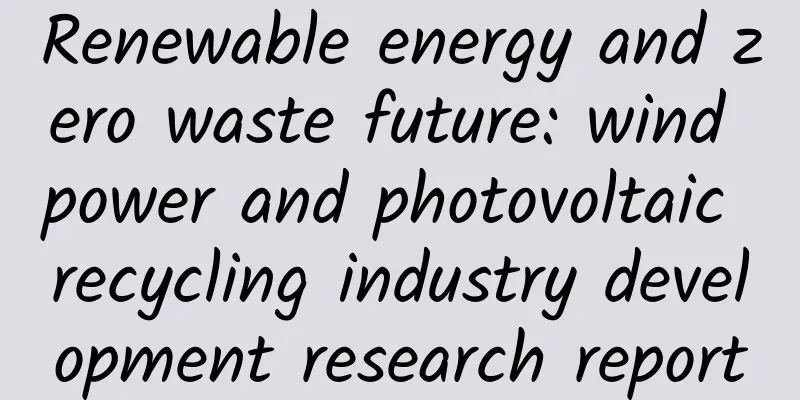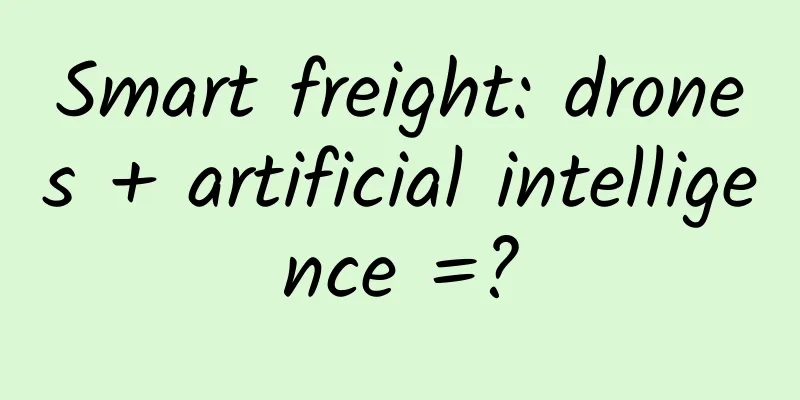Renewable energy and zero waste future: wind power and photovoltaic recycling industry development research report

|
Greenpeace, an international environmental organization, today released the "Renewable Energy Zero Waste Future: Research on the Development of Wind Power and Photovoltaic Recycling Industries" (hereinafter referred to as the "Report"), which interprets and makes recommendations from multiple dimensions, including the recycling status and market size of China's wind power and photovoltaic industries, the impact of the growth of recycling scale on society, and global innovative practices, providing important guidance for industry development and participants. Since the millennium, China's wind power and photovoltaic industries have entered the fast lane of large-scale development. By the end of 2021, China's cumulative installed capacity of wind power reached 328GW, and the cumulative installed capacity of photovoltaic reached 306GW, which has maintained the world's top installed capacity for several consecutive years. China's wind and solar industries have developed rapidly for 20 years, and those wind turbines and photovoltaic modules put into use in the early millennium are about to reach the end of their 20-25 year design service life. The report predicts that China's wind power industry will usher in the first large-scale retirement wave in 2025, with the retirement scale exceeding 1.2GW; followed by the intensive scrapping of photovoltaic modules in 2030, with an estimated recyclable capacity of up to 17.8GW. By 2040, the cumulative wind power retirement will reach about 280GW, and the cumulative scale of photovoltaic retirement modules will reach about 250GW. Green recycling is imminent The report points out that due to the energy consumption and process flow of wind power and photovoltaic components in the production process, a large amount of carbon dioxide emissions will be generated. An efficient recycling industry can significantly reduce carbon emissions throughout the life cycle of components, greatly contributing to China's carbon neutrality goals. If a 1.5MW wind turbine is 100% recycled, it can reduce carbon dioxide emissions by about 600 tons. As the scale of recycling grows, the cumulative recycling scale will reach 280GW in 2040, which will reduce carbon emissions by about 113 million tons. If 1 ton of discarded photovoltaic components is recycled, it can reduce carbon dioxide emissions by about 5.41 tons; if the cumulative recycling volume reaches about 250GW in 2040, it can reduce carbon emissions by about 108 million tons. Green and environmentally friendly recycling methods can also alleviate the environmental pollution and resource waste that comes with the retirement of installed equipment. Taking wind power as an example, by 2040, the wind power industry will generate a total of 30 million tons of scrap steel, with a recycling value of more than 90 billion yuan, and 800,000 tons of scrap copper, with a recycling value of nearly 50 billion yuan. At the same time, wind turbine blades that are difficult to recycle will generate 2.2 million tons of waste glass fiber and nearly 1.2 million tons of waste resin and glue, which will cause ecological and environmental pollution if not recycled properly. Li Jiatong, director of Greenpeace East Asia's climate and energy campaign, said: "The wind power and photovoltaic recycling industry can not only give new value to retired components, but also, with the support of innovative technology, cutting-edge recycling methods can greatly reduce carbon dioxide emissions, environmental pollution and resource waste at the end of the life of wind and solar power, avoid these impacts on the renewable energy industry, and help the renewable energy industry develop sustainably and rapidly." Solutions and policy support need to be improved The report points out that China's renewable energy recycling industry has developed along with long-standing legacy issues. The industry now has three major conditions: a large market space, a rich industrial chain, and strong execution of dual carbon goals. Therefore, it has huge development potential. However, the rapid development of the industry depends on perfect and feasible recycling solutions and policy support. Governments, enterprises and associations in many countries around the world are working hard to explore effective recycling methods. This report analyzes the guidance of relevant domestic and foreign policies on the recycling market, as well as innovative cases in the recycling market, and summarizes the policy-oriented and market-oriented recommendations. The report's recommendations point out that at the policy level, supportive tax policies and patent protection systems should be introduced, standards, specifications and technical requirements for wind power and photovoltaic recycling should be established and improved, cross-regional cooperation and technical exchanges in recycling technology should be encouraged and supported, etc. At the market level, green supply chains should be promoted, upstream and downstream cooperation should be promoted to explore new business models, cross-sector cooperation should be strengthened, technology industry-university-research transformation should be promoted, and more capital should be introduced into the recycling market. The PDF version will be shared on 199IT Knowledge Planet, just scan the QR code below! |
Recommend
How much does it cost to be an agent of a steel mini program in Tongchuan?
What is the price of Tongchuan Steel Mini Program...
With so many flowers in sight, how should you choose your glasses?
When you can't see clearly, wearing glasses i...
When will the 2020 epidemic scenic spots reopen? Attached is the opening schedule of various places!
As we all know, the new coronavirus can be transm...
Shengfan practical 81 side jobs to make money: a series of courses on drainage, easily earning tens of thousands per month
Course Catalog: The 81 practical lessons of Sheng...
General Bradley's 2021 Trading Strategy Lecture
General Bradley's 2021 Trading Strategy Lectur...
Learn Bazi from scratch (Basics)
Learning Bazi from scratch (Basic Edition) Resour...
How is the official version of iOS 15.6? Take this test report now
The iOS system is the operating system installed ...
Technology News丨FAST has discovered 509 pulsars; TEPCO officially submits application for nuclear wastewater discharge into the sea
Today's cover In winter, the snow around Qing...
Summary of my experience at Baidu and Meituan: How to build an operations team from scratch!
From entrepreneurship to Baidu, and then to Meitu...
Doujinbihuo Academy "Douyin Money-Making Account Revealed Course"
Through studying the course "The Secret of D...
Fragrant, smelly, and even fishy! Why do plants have smells?
It is the season of revival again. The air is fil...
Here are some tips on how to speak in live broadcast rooms. Use them!
Why is it that no one wants to buy the benefits w...
Analyzing the hot-selling machine - the community ecology of Toutiao
As one of ByteDance's popular apps, Toutiao i...
Beware of monkeypox!
On May 30, the "Customs Release" releas...









